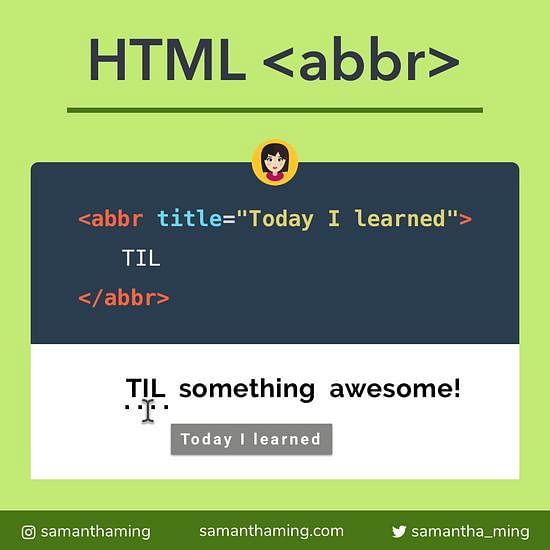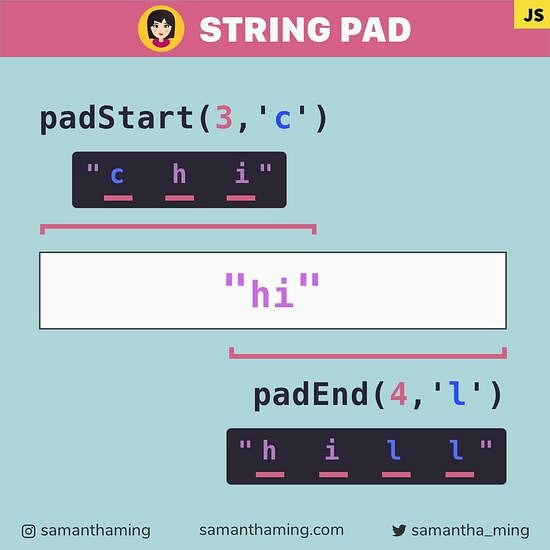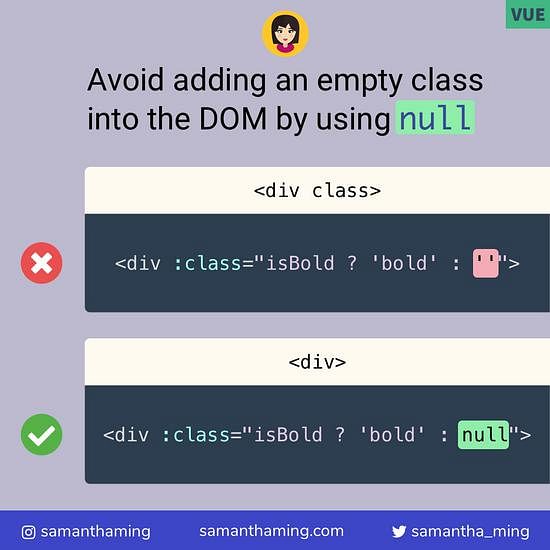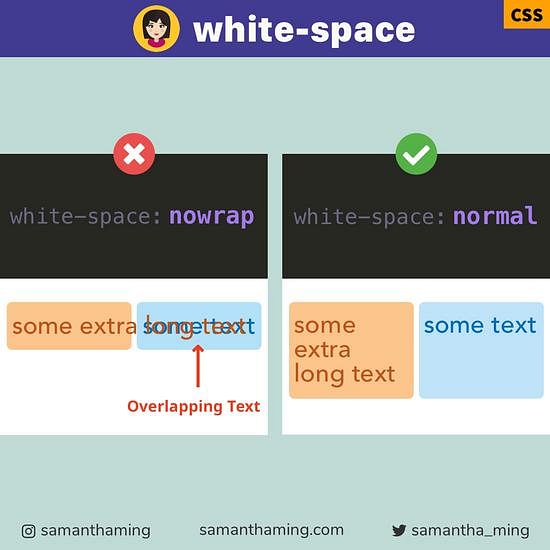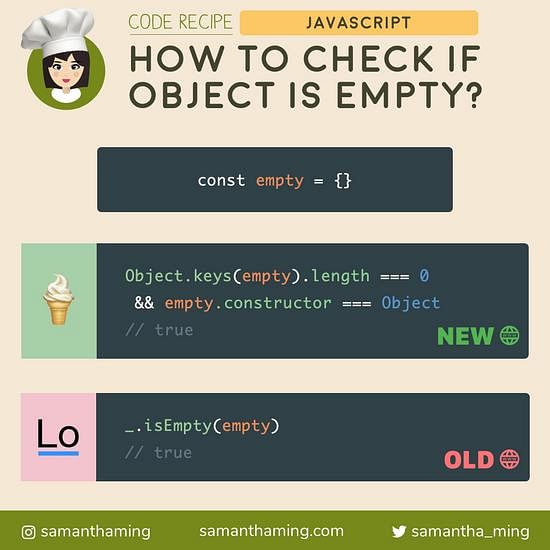# Quick Debug using || with console.log
It's always a pain to debug 1-line arrow function with a console.log. Why? b/c we need to convert it to a multi-line first. No more! Just use || before your expression. It outputs both your console.log and expression 👍
And clean up is a breeze! No more messy re-conversion back to a 1-line. Just remove your console.log. And you're done 😆
// ✅
() => console.log('🤖') || expression
// ❌
() => {
console.log('🤖')
return expression
}
# Example
Let's take a look at a simple example of how this would work:
const numbers = [1, 2, 3];
numbers.map(number => number * 2);
// ✅ Debug quickly by prepending with `||`
numbers.map(number => console.log(number) || number * 2);
// ❌ No need to expand it to multi line
numbers.map(number => {
console.log(number);
return number * 2;
});
# How does the || work?
Often times we think the || operator is only used in conditional statements. However, you can also think of it as a selector operator. It will always evaluate one of the 2 expressions.
Because console.log always return undefined, which is a falsy value. The second expression will always be evaluated 👍
To learn more about the || operator, check out my previous post here
# Community Input
# Using the Comma operator
@phenax5: You can also use the comma operator. Separate two expressions with a comma and it will execute the first one and then the second and return with the second one.
a => (console.log(a), a + 5);
And let me break up the example so it's very clear where the 2 expressions are:
a => (console.log(a), a + 5);
- @JefferyHus: The comma operator executes the left side and returns the right side. More info on the Comma operator
⚠️ Watch your comma placement
But make sure you don't do this. I made that mistake when I first saw his example. You don't want to stick the expression inside the console.log. If you do that, your function would not return anything and nothing would be evaluated. Hence, breaking your function. So be careful with your comma placement 😅
a => (
console.log(a, a + 5),
)
# Using || with TypeScript
If you're working with TypeScript and depends on how you set it up. Using this debugging technique might give you an error and prevent your code from compiling. In that case, you can suppress the error using ts-ignore.
Using ts-ignore should not be a huge deal in this case because the console.log is only there temporarily while you debug. Once you're done, you should definitely remove it.
// @ts-ignore: Unreachable code error
() => console.log('🤖') || expression;
Thanks: @stramel89
